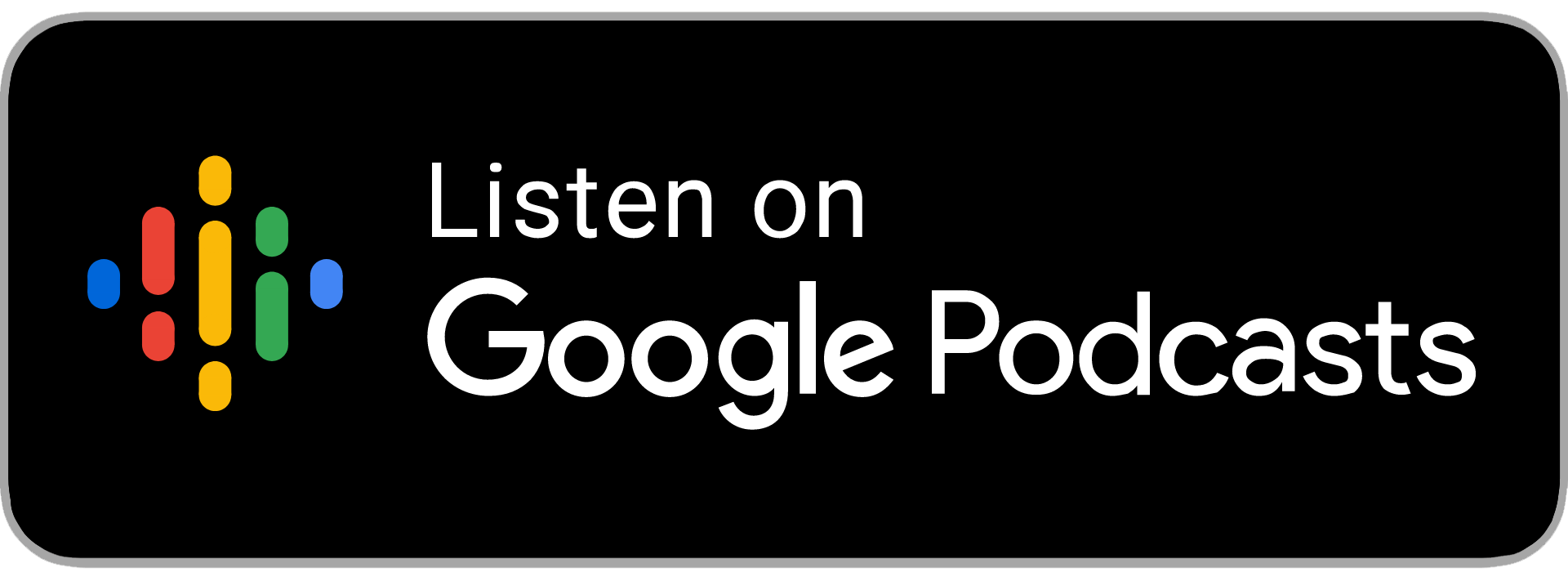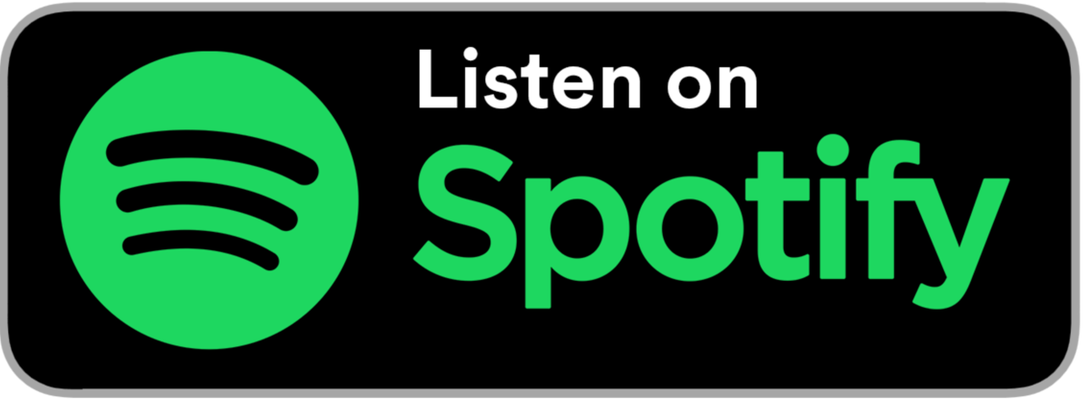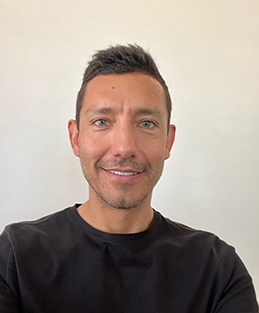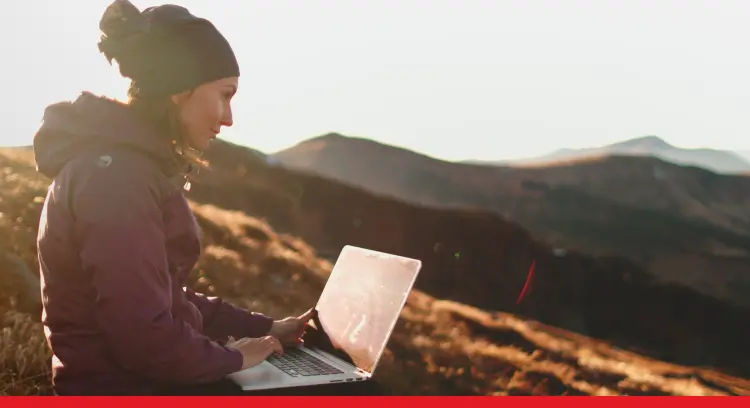Executive Perspective on Career in Marketing: Interview with Tina Cassidy, Chief Marketing Officer at GBH Podcast and Transcript
Marketing Insights Podcast
November 2, 2022
Transcript:
Speaker 1:
Hello everyone. This is Shane Hunt, Dean of the College of Business, and Michael C Rutgers, professor of marketing at Idaho State University, welcoming you to this edition of the Marketing Insights Podcast. And I am truly thrilled today to welcome Tina Cassidy, Chief Marketing Officer at GBH. Tina, welcome to the podcast.
Speaker 2:
Thank you so much.
Speaker 1:
So Tina, we always like to start, tell us a little bit about GBH. About what you guys do and then what all's going on.
Speaker 2:
GBH is the largest creator of content for public media in America. We're based in Boston and we produce most of the primetime slate for PBS. You might be familiar with Antiques Roadshow, American Experience, Masterpiece, Nova, Frontline, kid shows like Arthur. We also produce national radio content as we're a dual licensee with NPR, programs like the World and other things. We have a local newsroom as well. So we are a big complex organization but we're mission focused. We are absolutely devoted to providing important information and quality entertainment to our community.
Speaker 1:
And you absolutely do, Tina. And for those of you listeners on the show regularly have heard of my love for the greatest documentary series of all time, American Experience. So Tina and I have talked about that and I love that tremendously. Tina, being a chief marketing officer of a media organization during this rapidly changing landscape, that has got to come with lots of opportunities and challenges. Can you talk a little bit about that?
Speaker 2:
Sure. There's so much happening right now in terms of changing consumer behaviors or in our case we could call it audience behaviors. This rapid shift from broadcast to streaming. And the fact that people can access content on their phones, on their laptops, it's really fascinating to think about demographic shifts that are happening. Some people under 30 just don't even need to have a television anymore. People in urban areas living just fine without cars, which changes their radio consumption habits. And so it is an opportunity for us to reach new audiences on different platforms. There are also many inherent challenges within that, how we're moving sponsorship from broadcast platforms to digital platforms.
How we're moving audiences from one to the other and how we continue to grow audience at a time when there's just tremendous competition. Not for content per se, because we think our content is second to none but really for time and attention. People can just be looking at TikTok on their phone all day as opposed to tuning into a documentary. So I think we are also making shifts to reach people where they are. We are also on TikTok, for example, and trying us to remain relevant in new and exciting ways because that is also core to our mission.
Speaker 1:
Yeah, absolutely. No, it's such a rapidly changing thing. I teach as Dean, I teach a large principles of marketing class every semester. And I am struck by just in the last couple years the change in habits of young people. How many do not have televisions of any type and how they consume content, the radio consumption was such a great point. Tina, I was thrilled and we are thrilled that you appear in our new textbook published by McGraw Hill, Principles of Marketing textbook. And I wanted to ask about one of the things in the executive profile that you discuss in there, which is the shift to GBH from WGBH. So I think most people are familiar with their television stations being W something, K something. And so can you talk a little bit about what that signals from an organizational standpoint and from a marketing standpoint?
Speaker 2:
Absolutely. The FCC construct for naming broadcasts stations is as follows. If you are east of the Mississippi you got a W, and if you're west of the Mississippi you got a K, like KISU. So we're in Boston, we've been WGBH for more than 70 years, starting out as our local channel two. And having people like Julia Child air in our local market and then nationally. We expanded to radio. We have multiple radio stations also having the W construct. So I became chief marketing officer about three and a half years ago. And as we are looking at audience data and behavior change in the market, and as we are rapidly moving to offer all of our content in a digital way, helping our audience understand that we are available on digital platforms not just on broadcast made it essential from my perspective to drop the W. To really say we're not just a broadcaster, we're not just your local channel two. We're actually a national and international provider of content in a multimedia way.
So it was a really big moment for us as an organization to signal this change. And I think from a marketing perspective, the thing that you don't want is to have your brand and your name hold you back. And I feel like that's what the W was doing for us. And to be honest, people who have known us for a long time especially more locally, called us GBH anyway. So it was that friendly local vernacular that we were embracing. And there was another important element to the brand refresh that we completed, which was we changed our colors to purple which helped us pop in a digital environment. And by dropping the W our logo was able to go from long and horizontal, to a little bit more round or square so that it could fit and be quite visible in whether a social media icon or in any kind of a branding bug that might appear on a handheld device, for example. So we need to evolve as the world is evolving and the brand refresh was very much a part of that
Speaker 1:
To all of the marketing students who are maybe working through the branding chapter in their introductory class, I encourage you to rewind this and listen to the last two minutes of what Tina just said, because that's going to be one of the best examples of kind of a brand refresh that you will ever hear. Tina, I want to finish by asking this, there are a lot of college students that listen to this podcast that are interested in one day being a chief marketing officer, are interested in working in media, are interested in being a part of public television. And I just want to finish by saying, for all of those students that are out there, for people like my son and daughter, do you have any advice for them if they want to kind of pursue a similar career path to what you have?
Speaker 2:
Absolutely. I would say it's an incredibly fulfilling path. I started my career as a journalist. And for me that passion for being a journalist was all about connecting with the community, understanding what was going on, and being able to process it in a way that told a story that other people would be excited about. And so my advice for students is to pursue your passion if you're interested in a career such as mine. The thing about marketing that I love, in addition to the storytelling component of it, is that it is quite multifaceted. You're looking at you need to have skills that allow you to be able to process data, and understand that it requires a certain amount of empathy so that you can understand the community that you're serving, the audience you're trying to reach, the consumers you're trying to sell something to, the behavior you're trying to change.
And so I love all the different layers to it. So it's never boring, it's never the same day twice. And the world is totally changing all the time. And so the work changes too. I would highly encourage anyone to pursue their dream as a journalist or in the field of media and marketing.
Speaker 1:
Absolutely. And I would as well, Tina. And one of the things that the last week of my introductory class when I teach it, that I talk about is you can take all of these things that you learn in this class from branding, to promotion, to advertising, to sales, to any of those things. And if you use them the right way, you can make the world a better place in countless ways. You can create jobs, you can be entrepreneurial. And one of those ways, Tina, is exactly what your incredible work has done at GBH. And it is not every day that when we have a guest on here that I can say this, but the incredible work that you all have done at GBH has made my life and my family's life better in so many ways. So Tina, we thank you for everything you do, and we thank you for being on the show today.
Speaker 2:
Thank you so much for having me. I appreciate it.
Speaker 1:
Thanks, Tina. And thank you all for joining us, and I look forward to visiting next time on the Marketing Insights Podcast. Have a great day.
Speaker 1:
Hello everyone. This is Shane Hunt, Dean of the College of Business, and Michael C Rutgers, professor of marketing at Idaho State University, welcoming you to this edition of the Marketing Insights Podcast. And I am truly thrilled today to welcome Tina Cassidy, Chief Marketing Officer at GBH. Tina, welcome to the podcast.
Speaker 2:
Thank you so much.
Speaker 1:
So Tina, we always like to start, tell us a little bit about GBH. About what you guys do and then what all's going on.
Speaker 2:
GBH is the largest creator of content for public media in America. We're based in Boston and we produce most of the primetime slate for PBS. You might be familiar with Antiques Roadshow, American Experience, Masterpiece, Nova, Frontline, kid shows like Arthur. We also produce national radio content as we're a dual licensee with NPR, programs like the World and other things. We have a local newsroom as well. So we are a big complex organization but we're mission focused. We are absolutely devoted to providing important information and quality entertainment to our community.
Speaker 1:
And you absolutely do, Tina. And for those of you listeners on the show regularly have heard of my love for the greatest documentary series of all time, American Experience. So Tina and I have talked about that and I love that tremendously. Tina, being a chief marketing officer of a media organization during this rapidly changing landscape, that has got to come with lots of opportunities and challenges. Can you talk a little bit about that?
Speaker 2:
Sure. There's so much happening right now in terms of changing consumer behaviors or in our case we could call it audience behaviors. This rapid shift from broadcast to streaming. And the fact that people can access content on their phones, on their laptops, it's really fascinating to think about demographic shifts that are happening. Some people under 30 just don't even need to have a television anymore. People in urban areas living just fine without cars, which changes their radio consumption habits. And so it is an opportunity for us to reach new audiences on different platforms. There are also many inherent challenges within that, how we're moving sponsorship from broadcast platforms to digital platforms.
How we're moving audiences from one to the other and how we continue to grow audience at a time when there's just tremendous competition. Not for content per se, because we think our content is second to none but really for time and attention. People can just be looking at TikTok on their phone all day as opposed to tuning into a documentary. So I think we are also making shifts to reach people where they are. We are also on TikTok, for example, and trying us to remain relevant in new and exciting ways because that is also core to our mission.
Speaker 1:
Yeah, absolutely. No, it's such a rapidly changing thing. I teach as Dean, I teach a large principles of marketing class every semester. And I am struck by just in the last couple years the change in habits of young people. How many do not have televisions of any type and how they consume content, the radio consumption was such a great point. Tina, I was thrilled and we are thrilled that you appear in our new textbook published by McGraw Hill, Principles of Marketing textbook. And I wanted to ask about one of the things in the executive profile that you discuss in there, which is the shift to GBH from WGBH. So I think most people are familiar with their television stations being W something, K something. And so can you talk a little bit about what that signals from an organizational standpoint and from a marketing standpoint?
Speaker 2:
Absolutely. The FCC construct for naming broadcasts stations is as follows. If you are east of the Mississippi you got a W, and if you're west of the Mississippi you got a K, like KISU. So we're in Boston, we've been WGBH for more than 70 years, starting out as our local channel two. And having people like Julia Child air in our local market and then nationally. We expanded to radio. We have multiple radio stations also having the W construct. So I became chief marketing officer about three and a half years ago. And as we are looking at audience data and behavior change in the market, and as we are rapidly moving to offer all of our content in a digital way, helping our audience understand that we are available on digital platforms not just on broadcast made it essential from my perspective to drop the W. To really say we're not just a broadcaster, we're not just your local channel two. We're actually a national and international provider of content in a multimedia way.
So it was a really big moment for us as an organization to signal this change. And I think from a marketing perspective, the thing that you don't want is to have your brand and your name hold you back. And I feel like that's what the W was doing for us. And to be honest, people who have known us for a long time especially more locally, called us GBH anyway. So it was that friendly local vernacular that we were embracing. And there was another important element to the brand refresh that we completed, which was we changed our colors to purple which helped us pop in a digital environment. And by dropping the W our logo was able to go from long and horizontal, to a little bit more round or square so that it could fit and be quite visible in whether a social media icon or in any kind of a branding bug that might appear on a handheld device, for example. So we need to evolve as the world is evolving and the brand refresh was very much a part of that
Speaker 1:
To all of the marketing students who are maybe working through the branding chapter in their introductory class, I encourage you to rewind this and listen to the last two minutes of what Tina just said, because that's going to be one of the best examples of kind of a brand refresh that you will ever hear. Tina, I want to finish by asking this, there are a lot of college students that listen to this podcast that are interested in one day being a chief marketing officer, are interested in working in media, are interested in being a part of public television. And I just want to finish by saying, for all of those students that are out there, for people like my son and daughter, do you have any advice for them if they want to kind of pursue a similar career path to what you have?
Speaker 2:
Absolutely. I would say it's an incredibly fulfilling path. I started my career as a journalist. And for me that passion for being a journalist was all about connecting with the community, understanding what was going on, and being able to process it in a way that told a story that other people would be excited about. And so my advice for students is to pursue your passion if you're interested in a career such as mine. The thing about marketing that I love, in addition to the storytelling component of it, is that it is quite multifaceted. You're looking at you need to have skills that allow you to be able to process data, and understand that it requires a certain amount of empathy so that you can understand the community that you're serving, the audience you're trying to reach, the consumers you're trying to sell something to, the behavior you're trying to change.
And so I love all the different layers to it. So it's never boring, it's never the same day twice. And the world is totally changing all the time. And so the work changes too. I would highly encourage anyone to pursue their dream as a journalist or in the field of media and marketing.
Speaker 1:
Absolutely. And I would as well, Tina. And one of the things that the last week of my introductory class when I teach it, that I talk about is you can take all of these things that you learn in this class from branding, to promotion, to advertising, to sales, to any of those things. And if you use them the right way, you can make the world a better place in countless ways. You can create jobs, you can be entrepreneurial. And one of those ways, Tina, is exactly what your incredible work has done at GBH. And it is not every day that when we have a guest on here that I can say this, but the incredible work that you all have done at GBH has made my life and my family's life better in so many ways. So Tina, we thank you for everything you do, and we thank you for being on the show today.
Speaker 2:
Thank you so much for having me. I appreciate it.
Speaker 1:
Thanks, Tina. And thank you all for joining us, and I look forward to visiting next time on the Marketing Insights Podcast. Have a great day.





